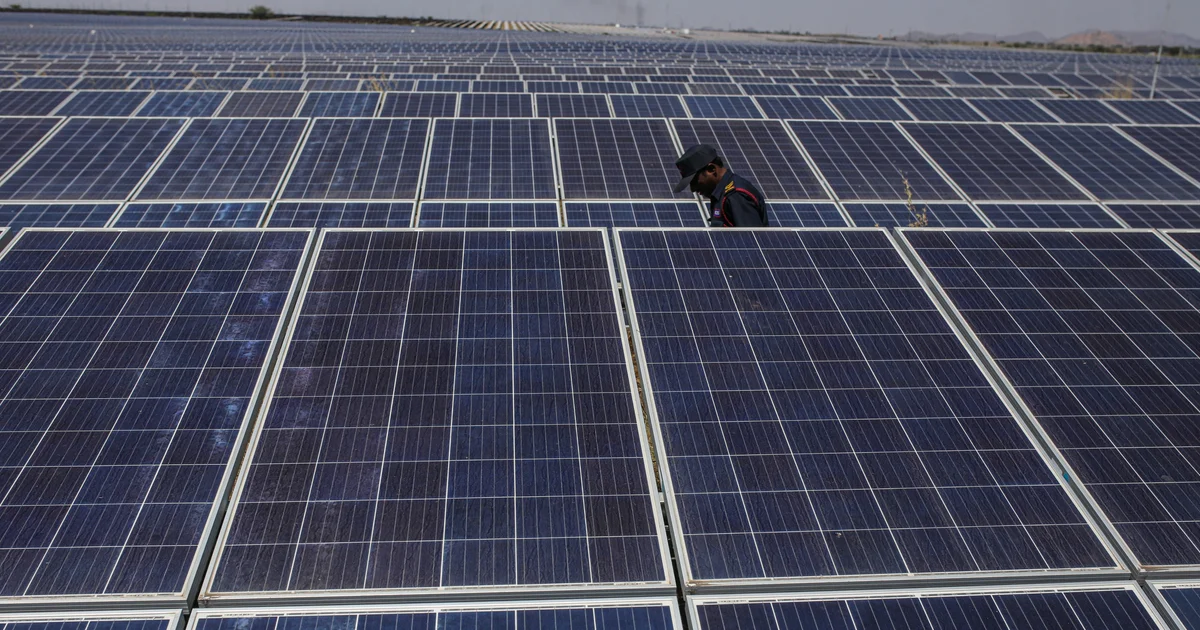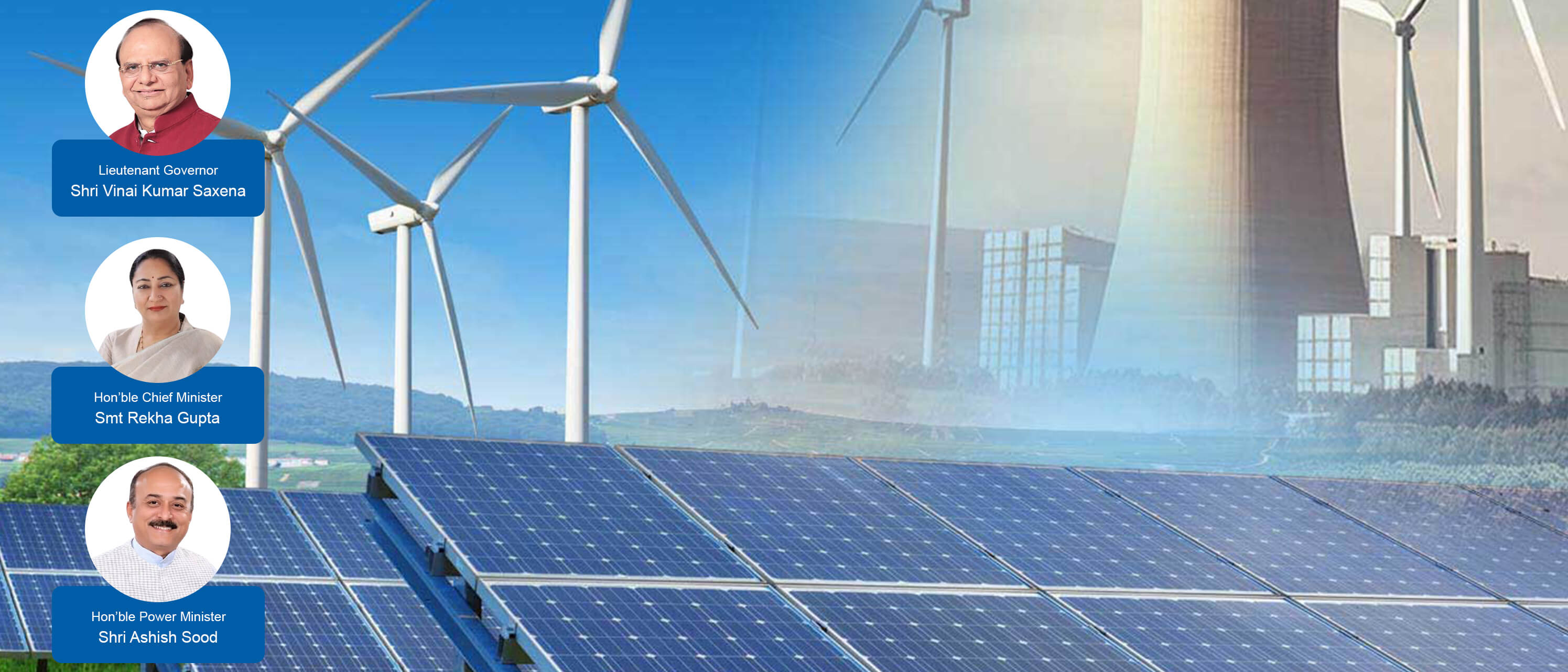India is experiencing a seismic shift in its energy landscape, with solar power witnessing a jaw-dropping 32.4% increase in generation in early 2025. This surge is not just a minor blip; it"s setting the stage for a historic reduction in coal reliance, a move that could reshape the global energy narrative.
Record Solar Generation Transforms Energy Mix
According to official reports, India"s solar farms generated a staggering 57.8 terawatt hours (TWh) from January to April 2025, marking nearly a one-third increase from the same period in 2024. This remarkable productivity has elevated solar power"s share in the country"s electricity generation mix to a record 10% during March and April, compared to an average of 7% in 2024.
Fossil Fuel Production Faces Unprecedented Decline
In a striking development, the surge in solar output has resulted in a rare decline in fossil fuel power production. Utilities reported a 27% cut in natural gas-fired generation, while overall fossil fuel generation has decreased by approximately 0.5% compared to the previous year. This is monumental, especially considering that fossil fuel power typically dominates the energy landscape, supplying around 75% of India"s electricity. The last time we saw a decline in fossil fuel power output was during the COVID-19 pandemic lockdowns in 2020.

Why India may be "the only country that has something to show ...
Clean Energy Gains Momentum Amidst Policy Changes
This clean energy revolution is backed by significant policy shifts. As reported by the Ministry of New and Renewable Energy, India has achieved a historic milestone of 100 GW of solar power capacity as of early 2025, reflecting an astonishing 3450% increase over the last decade. Such growth is not merely an environmental necessity but also a socio-economic imperative that aims to reduce wealth inequality and create jobs in renewable energy sectors.
Implications for Local Communities and Workers
The shift towards solar energy is not just about numbers; it has profound implications for marginalized communities and workers. As the transition accelerates, it creates opportunities for job training and employment in green technologies. However, it also raises critical questions about the future of fossil fuel workers. A transition strategy that prioritizes retraining and support for these workers is essential, or we risk exacerbating existing inequalities.

Delhi Solar Portal
Future Prospects Amidst Seasonal Changes
Looking ahead, the monsoon season is anticipated to bring about further reductions in fossil fuel production. Historical data shows that higher precipitation levels lead to increased hydro power generation, which, when combined with solar"s sustained high output, could further diminish coal dependency. With forecasts suggesting above-average rainfall in 2025, utilities may find themselves with even more clean energy at their disposal, potentially prompting additional cuts to coal generation.
This ongoing transformation in the Indian energy sector holds the key to a sustainable future and serves as a critical case study for developing nations grappling with the dual challenges of energy demand and environmental responsibility. The world is watching closely as India navigates this critical juncture, and the implications for economic justice and climate equity are significant.


![[Video] Canada PM Carney says AI data centres must be carbon neutral](/_next/image?url=%2Fapi%2Fimage%2Fthumbnails%2Fthumbnail-1763826648718-lujuba-thumbnail.jpg&w=3840&q=75)
![[Video] Fire at COP30 Climate Summit in Brazil](/_next/image?url=%2Fapi%2Fimage%2Fthumbnails%2Fthumbnail-1763671284663-2idg9-thumbnail.jpg&w=3840&q=75)
![[Video] Fire erupts at COP30 climate summit in Belém, Brazil, no injuries reported](/_next/image?url=%2Fapi%2Fimage%2Fthumbnails%2Fthumbnail-1763661056988-msvhjo-thumbnail.jpg&w=3840&q=75)



